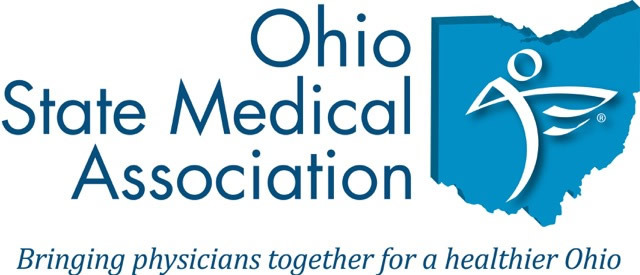Complete Story
11/29/2022
Mapping the Perioperative Claims Experience of General Surgeons
Provided by OSMA's preferred partner for medical liability insurance, The Doctors Company.
Jacqueline Ross, RN, PhD; Kim Hathaway, RN, MSN; Melissa Nelson, RN, BSN; Kathrine Soulsby, RN, BSN; Angela Jordan, RN, MHSc
Many of the common surgical procedures in the country, including cholecystectomies, appendectomies, inguinal hernia repairs, mastectomies, and colectomies, are performed by general surgeons. General surgeons are also among the surgical specialists with the highest rates of medical malpractice claims, at rates of 3.5 to 4 times that of other physicians. About 63 percent of general surgeons have been involved in a medical malpractice suit. Understanding the most common types of complications and the factors that contribute to errors may provide insights for general surgeons about their practice.
Study Design
The primary purpose of this study was to explore the perioperative continuum to visualize at what points along that continuum general surgeons’ patients experienced adverse events. This analysis was guided using the five perioperative phases defined by the American College of Surgeons (ACS): (1) preoperative, (2) perioperative, (3) intraoperative, (4) postoperative, and (5) postdischarge. The interest for this study was in the management of the surgical patient over the phases of the surgical continuum. A total of 203 general surgery claims were included in the study. Clinical summaries from The Doctors Company’s medical malpractice claims involving general surgeon surgical claims that occurred between the loss years of 2015 to 2020 were retrieved.
Results
Claims occurred more frequently in the inpatient setting than in the ambulatory setting. Claims from the inpatient setting were also likelier to involve high-severity injuries.
Findings per phase of care were as follows:
- Preoperative Phase: Contributing factors in this phase centered around clinical judgment and communication.
- Perioperative Phase: Contributing factors related to the choice of procedure were important, but so were the communication between healthcare providers and addressing administrative issues like staffing and policy/procedure issues.
- Intraoperative Phase: This phase had the largest number of contributing factors. Technical issues, not surprisingly, were prevalent; however, factors around the selection of procedure and communication within the operating room were also seen.
- Postoperative Phase: The second-highest number of contributing factors occurred in this immediate post-op phase. Known complications, such as delayed perforations and infections, were often detectable during this phase, but their diagnosis could be impeded by gaps in documentation or an incomplete patient assessment.
- Postdischarge Phase: During this phase, known complications can present—with communication issues and clinical judgment contributing to diagnostic errors.
Conclusion
Malpractice claims involving general surgeons can have contributing factors beyond the technical aspects. Patients often present with multiple and/or severe comorbidities, and issues can arise during various phases of their surgical care. Surgeons need to synthesize and communicate information about risks, so that patients can make informed decisions about surgery and the outcomes they can expect.
This analysis highlights the importance of the selection of the specific surgical procedure. The choice of a traditional approach vs. a minimally invasive or even robotic approach to the surgical procedure entails several considerations. The ACS National Surgical Quality Improvement Program (NSQIP) Surgical Risk Calculator may help surgeons and their patients identify potential risks from surgical procedures based on the patient’s comorbidities.
The guidelines suggested here are not rules, do not constitute legal advice, and do not ensure a successful outcome. The ultimate decision regarding the appropriateness of any treatment must be made by each healthcare provider considering the circumstances of the individual situation and in accordance with the laws of the jurisdiction in which the care is rendered.
